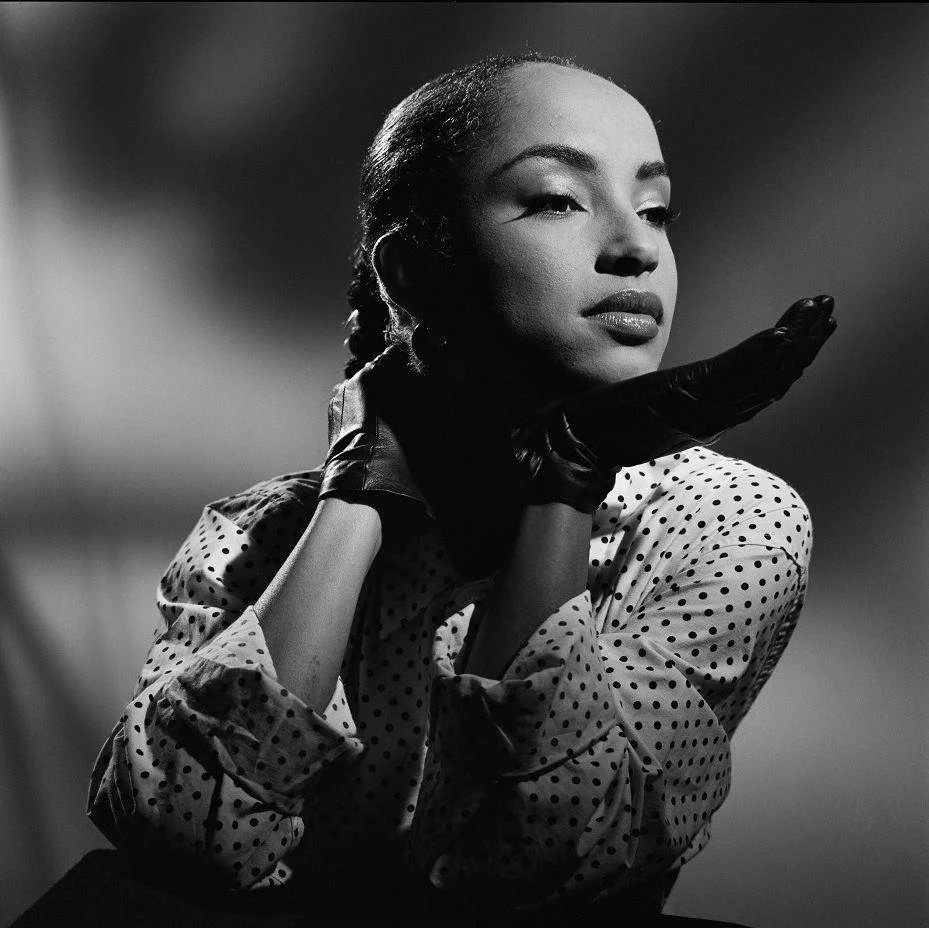Rent the Runway has expanded its initial public offering raising 357 million dollars. The company sold 17 million shares Tuesday for 21 dollars each after marketing 15 million shares for 18 to 21 dollars. The news was reported by Bloomberg.
This puts Rent the Runway’s market value at 1.3 billion dollars based on the outstanding shares listed in its filings with the U.S. Securities and Exchange Commission. Between employee stock options and similar holdings, the company’s estimated diluted value is 1.5 billion dollars. This is an increase from the 870-million-dollar valuation after an April funding round.
Like most apparel companies, Rent the Runway was deeply impacted by the pandemic. The company saw a net loss of 85 million to 80 million dollars for the six months ended July 31. While the company’s revenue took a hit, their subscription numbers have increased, now counting 112,000 active subscribers.
Read more here.




















